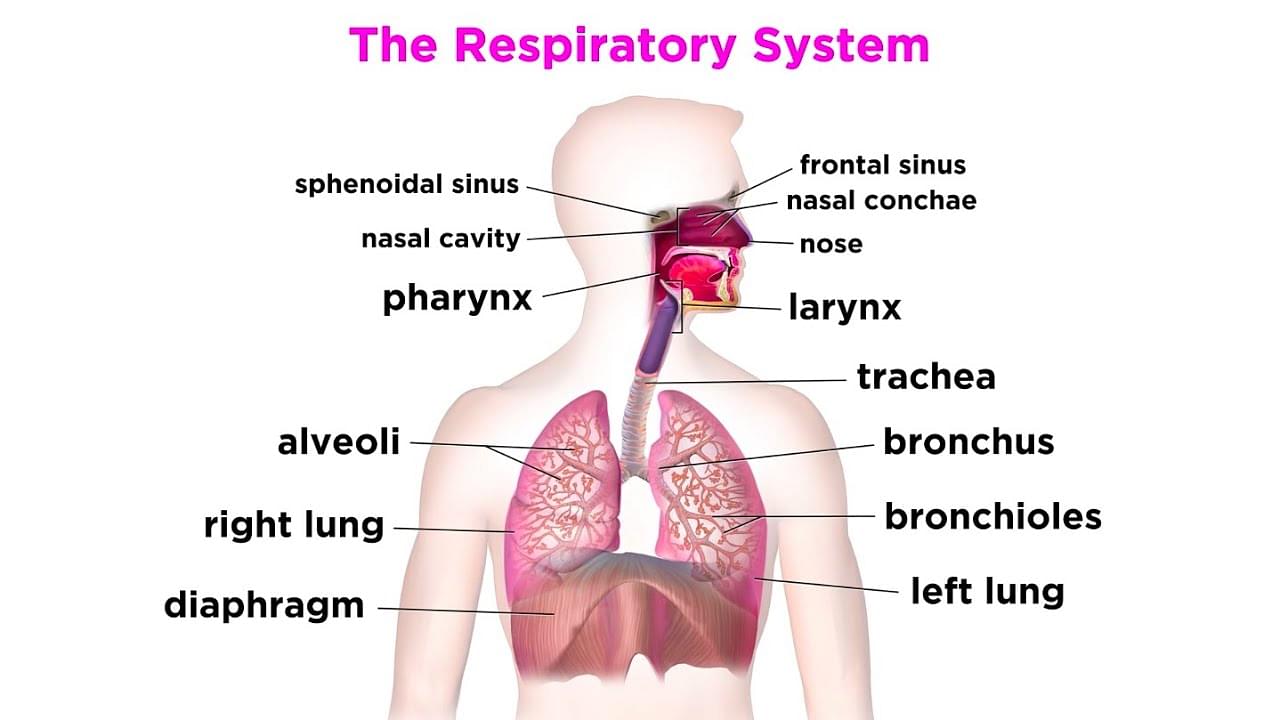In order to obtain virus-free plants through tissue culture the best method is :
- protoplast culture
- embryo rescue
- anther culture
- meristem culture
The Correct Option is D
Solution and Explanation
In order to obtain virus-free plants through tissue culture, the best method is meristem culture. Meristem tissue is the region of the plant where cell division occurs, and it is less likely to harbor viruses compared to other plant tissues.
Therefore, the correct option is (D): meristem culture
Top Questions on Applications of Biotechnology
- Explain why the milk produced by the mother during the initial days of lactation is considered to be very essential for the newborn infant.
- CBSE CLASS XII - 2025
- Biology
- Applications of Biotechnology
- Explain the beneficial role of the following, produced as a result of the processes of biotechnology, to mankind:
(a) Cow named Rosie
(b) \(\alpha\)-1-antitrypsin- CBSE CLASS XII - 2025
- Biology
- Applications of Biotechnology
Answer the following questions:
(a) [(i)] Explain how some strains of Bacillus thuringiensis produce proteins that kill certain insects such as lepidopterans but do not kill the Bacillus.
[(ii)] How is the above mechanism exploited for the production of Bt cotton plant by biotechnologists?
(b) [(i)] Explain how the amplification of gene of interest is done using PCR.
[(ii)] State two applications of the desired amplified fragment of DNA.
- CBSE CLASS XII - 2025
- Biology
- Applications of Biotechnology
- Assertion (A): Isolated single cells can be fused to produce somatic hybrids.
Reason (R): Cells selected for somatic hybridisation have desirable characters.- CBSE CLASS XII - 2025
- Biology
- Applications of Biotechnology
The basic scheme of the essential steps involved in the process of recombinant DNA technology is summarised below in the form of a flow diagram. Study the given flow diagram and answer the questions that follow.

(a) What is the technical term used for Step 4 in the above process?
(b) Which of the given two combinations of restriction enzyme should be used in Step 1? Justify your answer.
(i) EcoR I to cut the plasmid and Hind III to cut the alien DNA.
(ii) EcoR I to cut both the plasmid and alien DNA.- CBSE CLASS XII - 2025
- Biology
- Applications of Biotechnology
Questions Asked in NEET exam
- Two identical point masses P and Q, suspended from two separate massless springs of spring constants \(k_1\) and \(k_2\), respectively, oscillate vertically. If their maximum velocities are the same, the ratio of the amplitude of P to the amplitude of Q is :
- NEET (UG) - 2025
- Waves and Oscillations
A sphere of radius R is cut from a larger solid sphere of radius 2R as shown in the figure. The ratio of the moment of inertia of the smaller sphere to that of the rest part of the sphere about the Y-axis is :

- NEET (UG) - 2025
- Moment Of Inertia
- A microscope has an objective of focal length \(f_o = 2\) cm and an eyepiece of focal length \(f_e = 4\) cm. The tube length of the microscope is \(L = 40\) cm. If the distance of distinct vision of eye is \(D = 25\) cm, the magnification in the microscope is:
- NEET (UG) - 2025
- Optical Instruments
AB is a part of an electrical circuit (see figure). The potential difference \(V_A - V_B\), at the instant when current \(i = 2\) A and is increasing at a rate of 1 amp/second is:

- NEET (UG) - 2025
- Electromagnetic Induction and Inductance
- Twins are born to a family that lives next door to you. The twins are a boy and a girl. Which of the following must be true?
- NEET (UG) - 2025
- Genetics
Concepts Used:
The Respiratory System
Human Respiratory System is a compound biological system of organs and tissues that helps in gaseous exchange. The system includes airways, lungs, and blood vessels. Its core function is to introduce oxygen and expel carbon dioxide from the body. The atmospheric air is continuously pumped in and out through a system of pipes which are called the conducting airways. There are a great number of muscles and blood vessels involved in the whole process of respiration.

Features of Human Respiratory System:
- The respiratory system is essential for inhalation of oxygen and transportation of the same to the different parts of the body where it is used for cellular respiration.
- The design of the lungs is created in a manner that helps in gaseous exchange in an efficient manner. The other parts of the respiratory system such as the nose, pharynx, larynx, trachea, and bronchi help in the process of bringing in oxygen to the lungs and taking carbon dioxide out of it.
- There is an arrangement of muscles such as the diaphragm and intercostal muscles that aid in the process of human respiration.